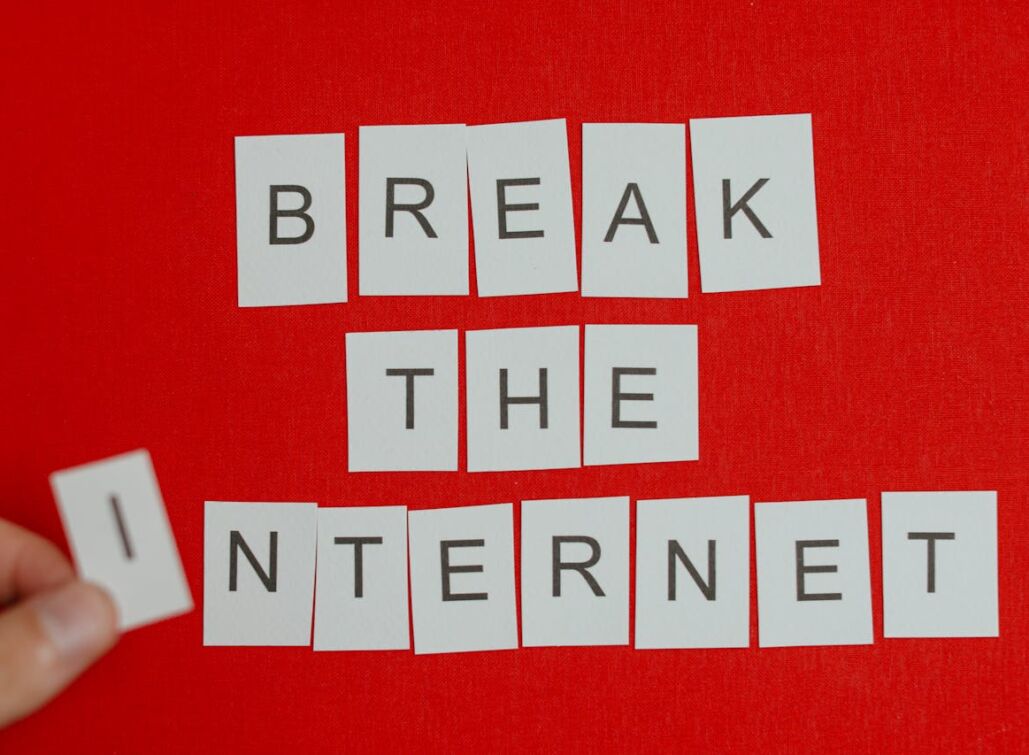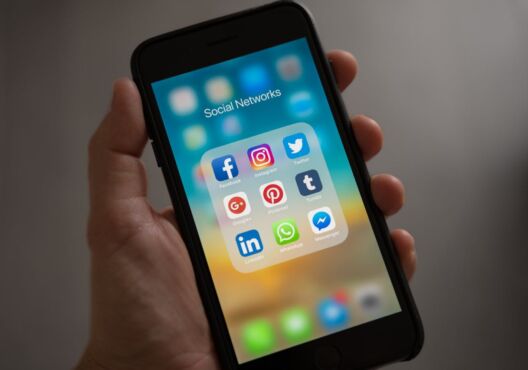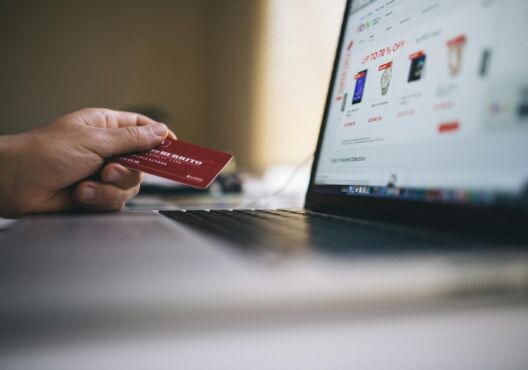While social media marketing as a whole hinges on creativity, everyone knows that campaigns often rest on the shoulders of each other. You have to know what works before applying it yourself, right?
It’s not only an effective way to escape the dreaded trial-and-error loop, but it also lets you learn some neat tricks you can use in the future. To make this learning worthwhile, you need to focus on the right campaigns. Fortunately, we just so happen to have an All-Star cast of social media marketing examples we still look up to.
1. Creative Branding Campaigns
Nike’s #JustDoIt on Instagram

The imperative voice, the ambiguity, the simplicity—it’s the quintessential Swoosh. Nike’s #JustDoIt campaign remains one of the most recognizable slogans in marketing history, and in 2024, the brand has successfully continued to leverage its power on Instagram. Its success lies in its perfect blend of storytelling, unparalleled visual consistency, and engagement strategies.
Nike uses Instagram to tell stories of everyday athletes, showcasing perseverance and hard work in sports and life. The visuals are crisp, motivational, and consistent with Nike’s bold and energetic brand image. They mix high-quality professional content with user-generated photos and videos, encouraging followers to be part of the movement.
The results have been nothing short of transformative for Nike’s brand perception. The #JustDoIt hashtag has cultivated a massive community of athletes and fitness enthusiasts, contributing to their already impressive grasp of digital asset management. Nike’s ability to weave powerful narratives into its campaign sets a high bar for brands aiming to engage with their audiences authentically.
Airbnb’s “Live Anywhere” on TikTok

Airbnb has taken advantage of TikTok’s rise to stardom with its innovative “Live Anywhere” campaign. By shifting focus to user-generated content (UGC) and authentic stories from Airbnb users, the campaign has capitalized on TikTok’s community-driven nature.
TikTok’s short-form video format allowed Airbnb to highlight a diverse range of stories, from travelers embarking on unique adventures to digital nomads living in stunning homes across the world. The platform’s algorithm favored these organic, story-rich posts, amplifying their reach and encouraging more users to share their Airbnb experiences.
The key to the campaign’s success lies in authenticity—users were encouraged to post their genuine experiences, and this resonated with the TikTok community. It created an interactive environment where users felt involved in the brand’s journey, leading to a notable increase in both engagement and bookings.
2. Influencer-Driven Strategies
Gymshark’s Partnership with Fitness Influencers
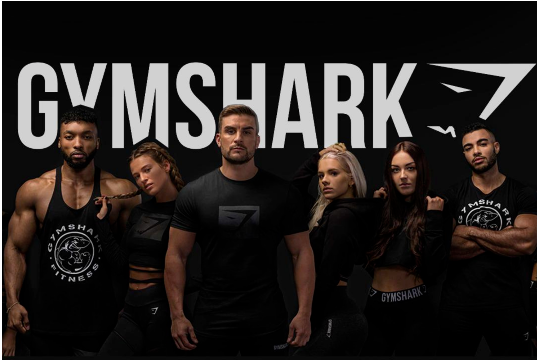
Gymshark’s partnership with niche fitness influencers has been a cornerstone of its media marketing strategy. Rather than working with mainstream influencers, Gymshark collaborates with fitness experts and athletes who resonate with their core audience, creating a more personalized connection.
By tapping into these micro-communities, Gymshark has been able to target specific fitness enthusiasts who are genuinely interested in fitness culture. These influencers provide workout tips, fitness challenges, and motivational content, which creates a loop of trust and credibility between the influencer, the audience, and the brand.
The result has been a substantial ROI for Gymshark, with a marked increase in brand visibility and engagement. This influencer-driven strategy highlights the importance of building meaningful relationships with niche influencers to drive authentic engagement and long-term brand loyalty.
Sephora’s “Squad” Program

Sephora’s “Squad” program is another excellent example of an influencer-driven strategy done right. Rather than one-off promotions, Sephora works with a long-term collaboration of micro-influencers, fostering a community of genuine brand advocates. These influencers, many of whom have smaller but highly engaged followings, have become integral to the brand’s identity.
The Squad members are given early access to new products, behind-the-scenes tours, and personalized mentoring from Sephora experts. This strategy not only boosts UGC (user-generated content) but also enhances customer trust, as these influencers have built their credibility over time.
This ongoing relationship has allowed Sephora to create authentic advocates who truly believe in the brand, rather than fleeting promotional partnerships. The long-term nature of the collaborations adds depth to Sephora’s influencer strategy, creating a steady stream of organic content and enhancing customer loyalty.
If you’re working in social media, you know picking the right influencer can make or break your campaign. That’s where Sotrender’s influencers analysis report comes in. It helps brands match influencers to their goals and audience, making sure you choose someone who really connects with your target followers.
The report digs into details like how well an influencer’s content performs, who’s engaging with it, and if their audience is a good fit for your brand. It also warns you of any red flags, like a lack of credibility or a mismatch with your brand, so you can avoid wasting time and budget on the wrong partnership.
3. Engagement Through Challenges and Hashtags
Starbucks’ #RedCupContest on Instagram

Starbucks has long been a master of holiday-themed marketing, and its #RedCupContest on Instagram is a testament to its expertise. By introducing a simple yet effective hashtag challenge, Starbucks encouraged users to share their favorite holiday moments featuring the iconic red cup.
This campaign worked because of its simplicity—customers just had to share their photos and use the hashtag to participate. The prize incentive, along with the seasonal buzz around Starbucks’ holiday drinks, contributed to massive user engagement.
The company’s digital-first approach to increasing engagement goes back to the early 2010s, when they generated a series of QR codes for a new series of cups and allocated them to select locations, allowing customers to download the official app and interact with the brand further. They even let people share coffees using QR codes—an ingenious way of turning regular consumers into one-time influencers with a fun challenge.
Unsurprisingly, Starbucks is still at it, exploiting the exact ‘layer of mystery’ that involves people clicking, scanning or downloading something.
Apple’s “Shot on iPhone”

Apple’s “Shot on iPhone” campaign has consistently pushed the boundaries of UGC. By inviting users to share their best iPhone-captured photos, Apple has transformed its customers into co-creators of its marketing content.
The campaign effectively leveraged user participation to enhance Apple’s brand image as a leader in smartphone photography. Featuring these user-generated photos in billboards, commercials, and social media posts has only strengthened the message that anyone can be a photographer with an iPhone.
This type of crowdsourced content not only builds trust among Apple’s customers but also encourages ongoing participation, with millions of submissions showcasing the versatility of the iPhone’s camera.
4. Viral Content and Memes
Wendy’s X Roasts

Wendy’s X presence is famous for its witty roasts and humorous interactions. The fast-food chain has mastered the art of using humor to stay relevant and entertain its audience, turning customer questions or critiques into viral moments.
Wendy’s social media team’s quick, clever, and often savage responses have built a cult following, with users eagerly anticipating the brand’s next viral tweet.
This strategy has not only boosted engagement but also created a sense of brand loyalty driven by entertainment value. All this attention has been organic, making them ‘memeable’ and a staple in online slang, which also does wonders for SEO and PR.
Old Spice’s “The Man Your Man Could Smell Like”
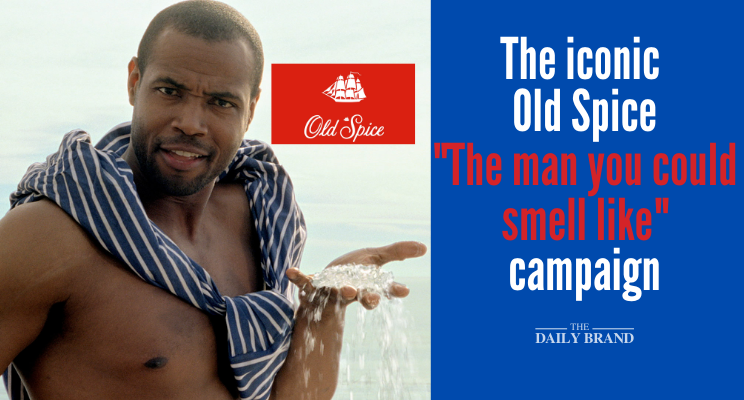
Old Spice’s “The Man Your Man Could Smell Like” campaign is a masterclass in creating timeless viral content. Originally launched in 2010 by Wieden+Kennedy, the campaign has lived on through memes, parodies, and social media posts, cementing its place as a cultural touchstone.
The key to Old Spice’s success is its ability to blend humor, creativity, and a bit of absurdity to create content that resonates across generations. The campaign continues to drive engagement and keep the brand relevant in today’s meme-driven culture, highlighting the power of evergreen viral content.
5. CSR and Purpose-Driven Campaigns
Patagonia’s Environmental Activism on Facebook

Patagonia’s commitment to environmental activism has been a core pillar of its marketing strategy. The brand consistently uses its Facebook platform to raise awareness about climate change, sustainability, and eco-friendly initiatives, aligning with its customers’ values.
Patagonia’s social media presence is more than just product promotion—it’s a channel for advocacy, building a loyal and value-driven following. The brand’s transparency and consistency in its environmental messaging have earned it a reputation as a leader in corporate social responsibility (CSR).
There’s also a hidden benefit—Patagonia’s devotion to eco-consciousness did wonders for their digital PR, as they gained mentions in scientific journals, magazines and media outlets with a rock solid reputation.
By linking its business goals to a purpose-driven mission, Patagonia has managed to cultivate deep trust and loyalty among its eco-conscious audience. In addition, their no-nonsense approach to ecology ensured they are and will be taken seriously and talked about.
Ben & Jerry’s Advocacy for Social Justice

Ben & Jerry’s is another brand that has seamlessly integrated activism with marketing, using its platforms to drive conversations on social justice issues. Whether advocating for racial equality, climate action, or LGBTQ+ rights, Ben & Jerry’s has used its influence to raise awareness and support critical societal causes.
At the same time, they also took risky positions, such as being quick to exit the current conflict are in the Middle East.
This approach has not only solidified the brand’s identity as a social justice advocate but also resonated deeply with its audience, who appreciate the brand’s efforts to take a stand on important issues. It’s a perfect example of how values-driven marketing can strengthen brand loyalty while making a tangible impact on society.
Conclusion
These standout examples from 2025 highlight the endless possibilities social media platforms offer for creative, engaging, and purpose-driven marketing.
Brands like Nike, Airbnb, Gymshark, and Patagonia have shown how to connect with audiences on a deeper level, using everything from influencer partnerships to purpose-driven campaigns.
The key takeaway? Be bold, authentic, and adaptable. In today’s fast-paced digital landscape, creativity and authenticity are essential for staying relevant and building lasting connections with your audience. Marketers should look to these strategies as a foundation to innovate and reach their own business goals.
